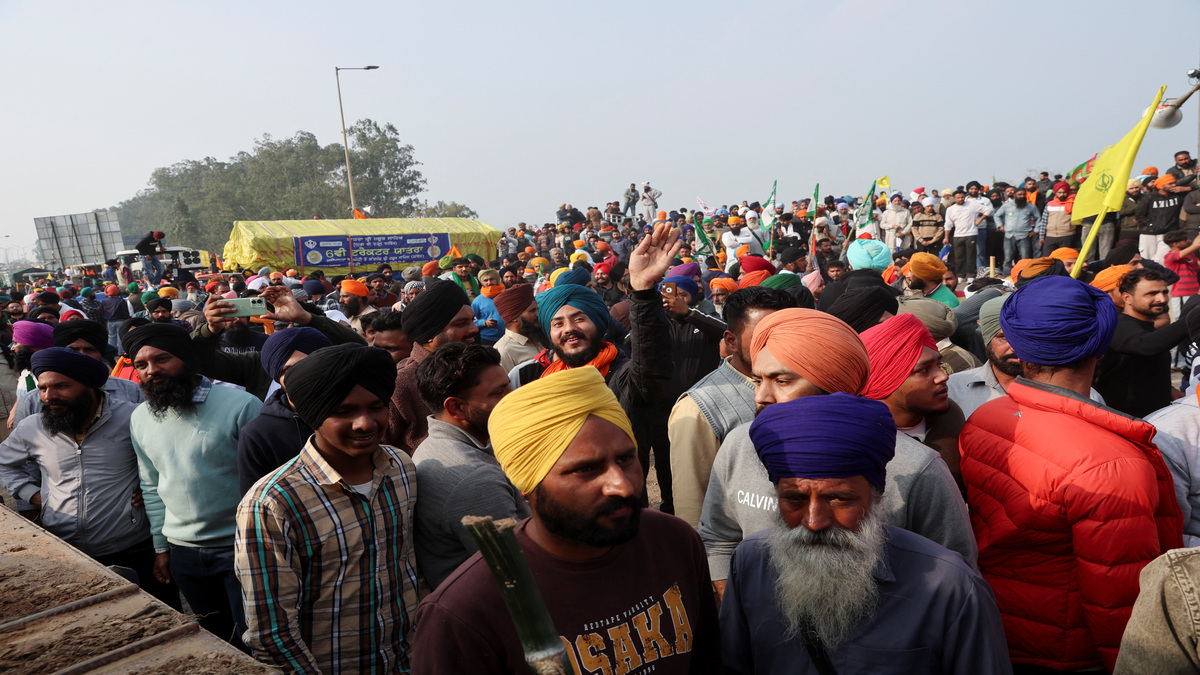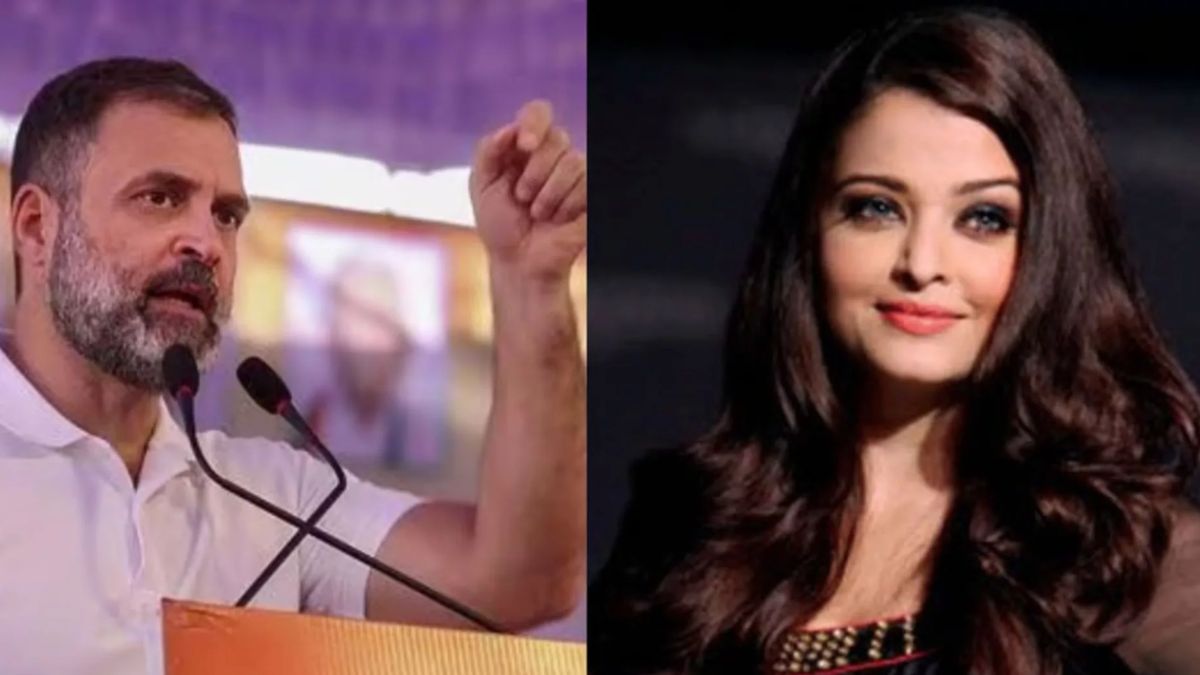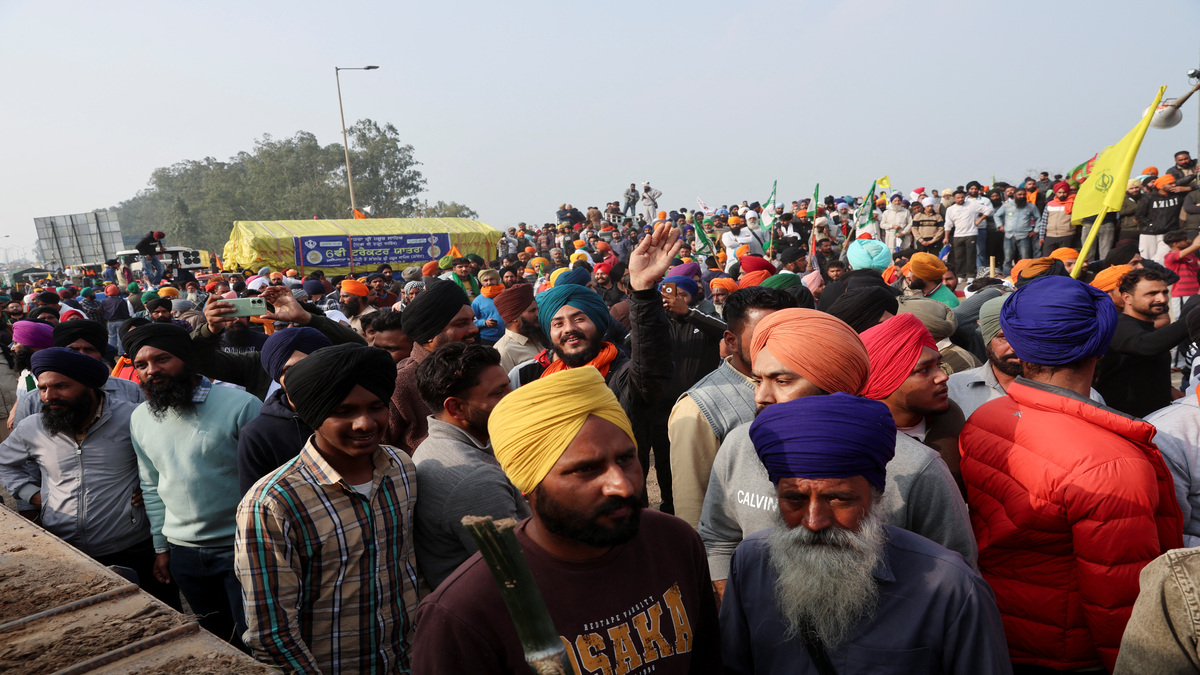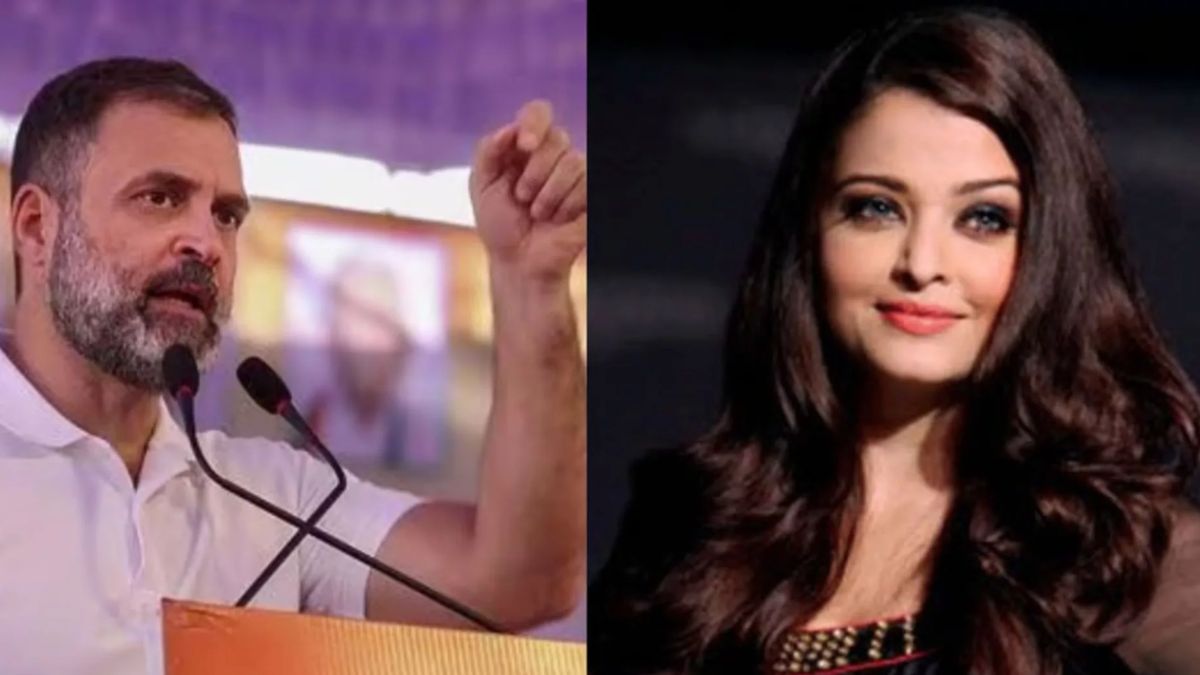Recent attacks on students and teachers at Delhi’s Ramjas College by members of the Akhil Bharatiya Vidyarthi Parishad (ABVP) find their roots in a culture of hooliganism and corruption in the Delhi University campus, as also the ideological insecurity of the ABVP and its political masters in the national capital.
While the student wings of the Communist parties have largely been absent from the Delhi University Students’ Union (DUSU), the violence that erupted over an invitation to Umar Khalid, the JNU student who was arrested on sedition charges last year, for a discussion titled ‘Culture of Protest’, is the result of the intellectual bankruptcy nurtured over the years by higher-ups of the BJP-RSS coterie.
The Ramjas College seminar hall where the discussion was to take place, and the canteen below it, have witnessed numerous violent fights over the years, and significant destruction of property has taken place time and again. While it used to be ‘Jat vs Bihari’ or ‘Desi vs Urban’ clashes that took place here, the latest excuse students have found is the garb of nationalism.
The discussion, had it taken place, could have witnessed an open slug fest over ideas of nationalism vis-à-vis “cultures of protest”, but the ABVP hardly has a member fit to hold its nationalistic ideals up in an open field of dialogue. Attacks on students at JNU last year were also a result of this bankruptcy, which left them with a simple choice: Resorting to violence, in which the police were found to be hand-in-glove with them, and it’s been the case this time around too.
The malaise has not struck DU all of a sudden. Though ABVP has won the DUSU polls consistently over the past few years, it’s not known to facilitate open debates; rather, it’s a much feared organisation which finds support through ultra-conservatism and through its influence over administrative issues in the varsity. Over the years, voting percentage in the DU polls has consistently gone down — it was barely 37 percent last year, a seven percent drop from the previous election. This is largely because urban voters and students from comparatively upward social strata have stayed away from the polls, similar to the trend across the country in various other elections.
Participation in debates on issues raised during the polls has also been minimal, which has allowed ABVP to gain control over the working of the university’s administrative tasks without much opposition. Use of weapons as a show of power has also begun during the polls, discouraging many students. Last year, ABVP member Amit Tanwar, the present DUSU president, was even photographed posing with rifles laid out over his table and the pictures were also shared over the social media.
Sidharth Nagar, an ex-student who was previously also a member of the Congress-backed National Students Union of India (NSUI), said, “Students with comparatively lower grades or those coming from the hinterlands of Uttar Pradesh or Haryana have no option but to approach ABVP leaders to help them secure admissions in one of the colleges. In many cases, they are even ready to pay bribes and they go on to become foot soldiers of the ABVP during the polls. They are also the ones who participate actively in the polls.”
A majority of these students, mostly male, come in through the sports quota category, which is misused and exploited, thanks to the comparative ease with which the sports certificates can be procured.
At the JNU, on the other hand, ABVP has not had much success; the All India Students’ Association (AISA) and the Students’ Federation of India (SFI) have both held fort consistently over the years. The violence at the campus last year and subsequent attempts at saffronisation of academics as well as discourses have been met with stiff opposition, and their designs have not succeeded, which has left them frustrated.
The rise of Kanhaiya Kumar as a significant student leader in the political spectrum, and large support for him at the JNU campus, has sidelined the ABVP. Although attempts at preventing “anti-national” activities have seen the police and university administration interfere at various points, harming the atmosphere of open debates, it has also resulted in alienation of ABVP supporters, who used to enjoy support from some neutral sections, at times even from NSUI members who were not in power.
Despite the intense discourse over the past year, ABVP has not produced a leader who could become its face in the future or even show some promise. This frustration has led it to resort to arm-twisting tactics with active support from the Delhi police, which falls under the Union Home Ministry. The RSS has led the fights it has wanted ABVP to lead, much like this time, while ABVP has been reduced to its goonda wing. Every time the ABVP has come under criticism, it has been the BJP leadership that has come to its rescue in country-wide conversations. The issue of nationalism which the ABVP has been trying to ratchet up has been a brainchild of BJP president Amit Shah with support from the Narendra Modi government at the Centre. They have since decided to rub down any opposition by terming it “anti-national”.
The shameful targeting of teachers and academics is a result of ABVP’s frustration at not being able to come up with intellectual responses to their ideas. Delhi University professor Prasanta Chakravarty is but the latest victim is of this goonda culture being developed by the RSS. And the ABVP, with over four million members and 5,000 units across the country, becomes its army with confused foot soldiers ready to be unleashed at short notice on the opposition.
Last year it had harassed Lucknow University professor Rajesh Mishra for sharing an article on social media about Umar Khalid. This article had been written by a Delhi University professor, but even sharing it was deemed a crime by the ABVP. This was possible since it has taken control of the discourse at Lucknow University over the past decade, which is now seemingly irredeemable. This takeover had started under circumstances similar to the ones being witnessed at Delhi University over the past few years — a fall in polling numbers, creation of atmosphere of fear with a show of arms, pushing of a culture of conservatism and ultra nationalism, etc.
The students who stood up to ABVP at the Delhi University during the past week form a fraction of the numbers needed to repel this frustrated army of brainwashed musclemen. Chakravarty seems to be the first from the academia to call for a direct on-the-ground opposition to the politics of fear, while Gurmehar Kaur symbolises the young India opposing their designs and standing up to them. If people like her are pushed into a corner in response to the large-scale social media outbursts with no ground action, DU will go the same way as Lucknow University in the coming months and years. ABVP’s frustration at not being able to break the JNU bastion has resulted in this violent responses at DU, and they will succeed unless their bluff is called soon.


)




)
)
)
)
)
)
)
)